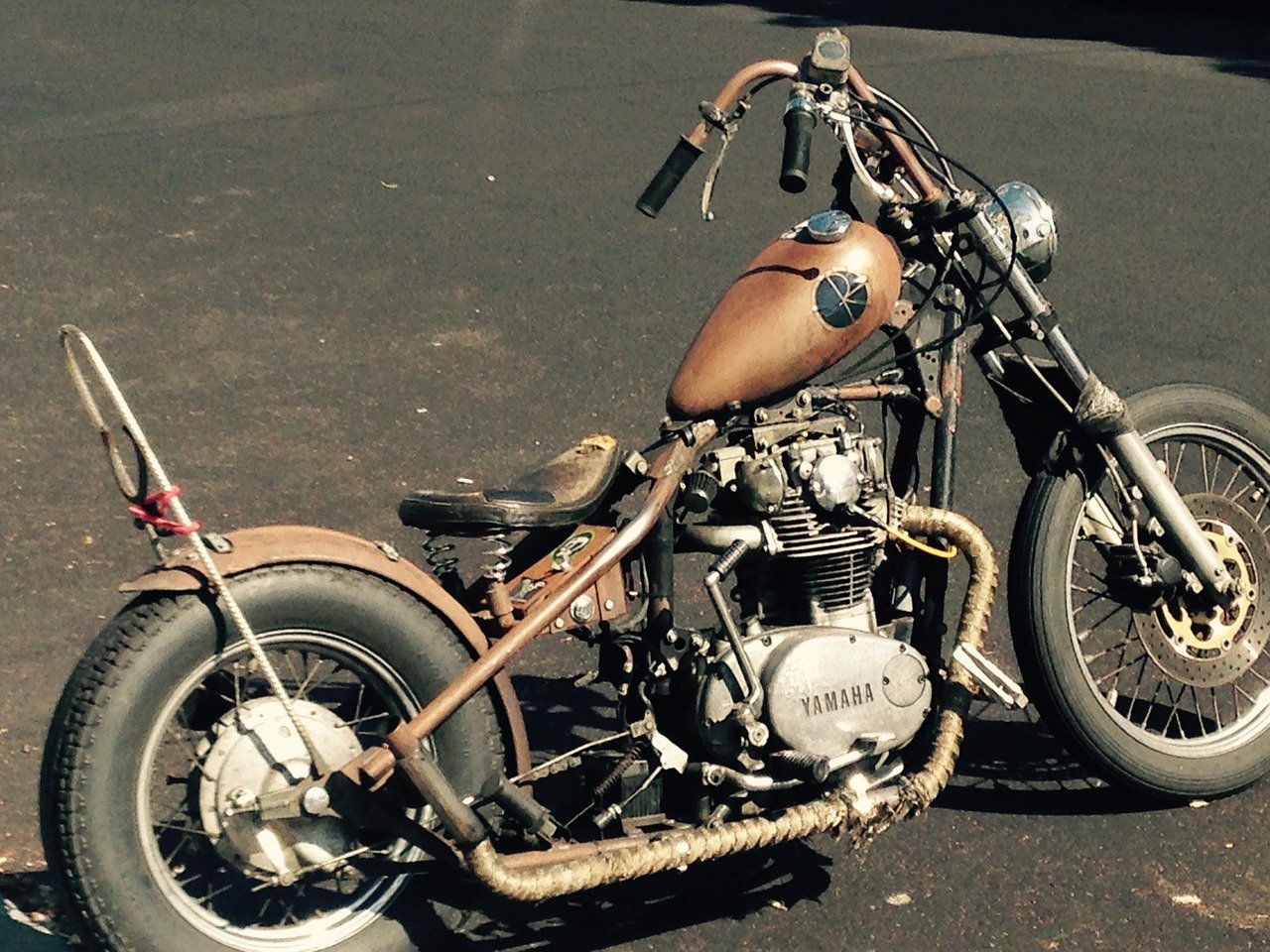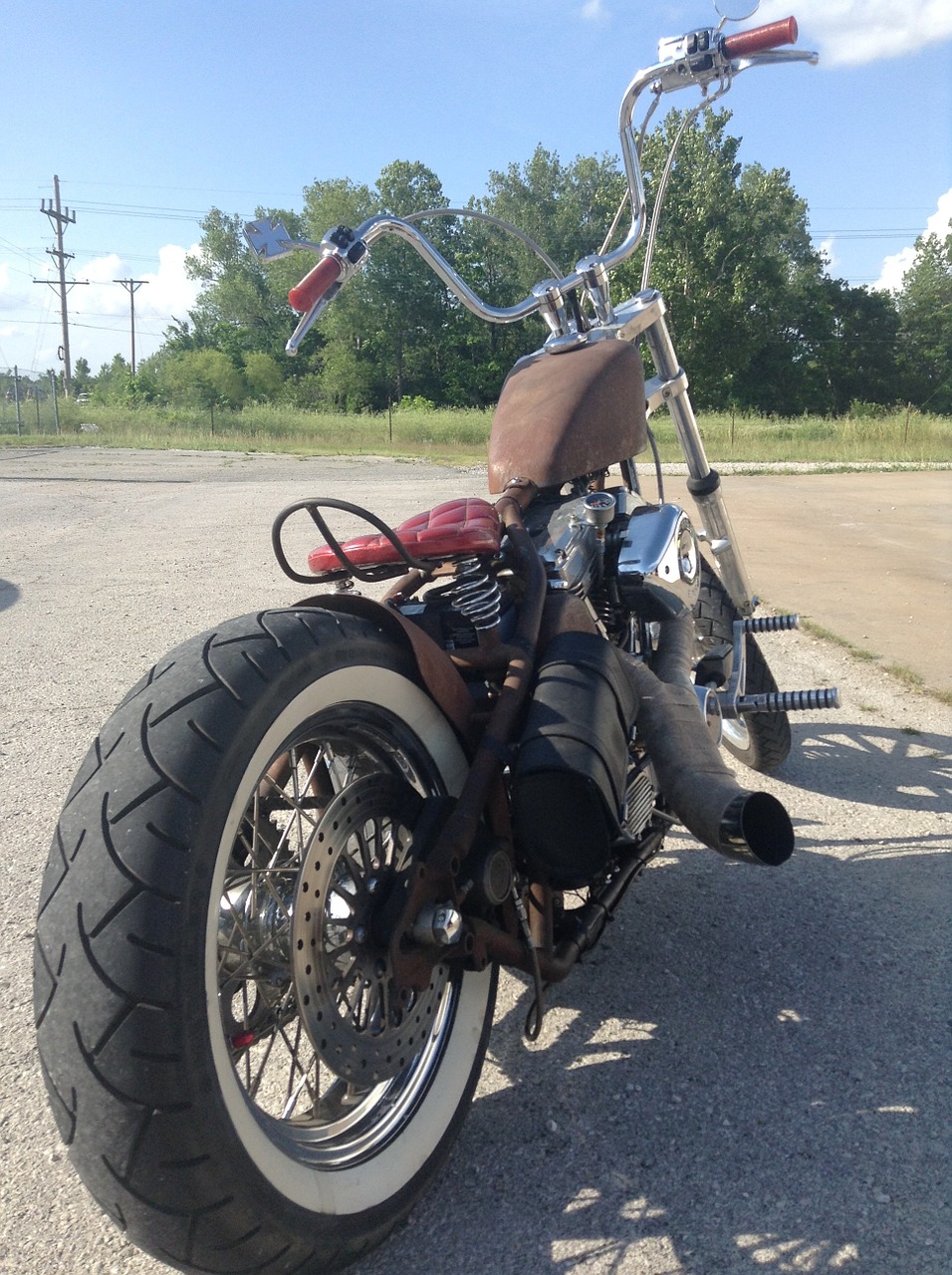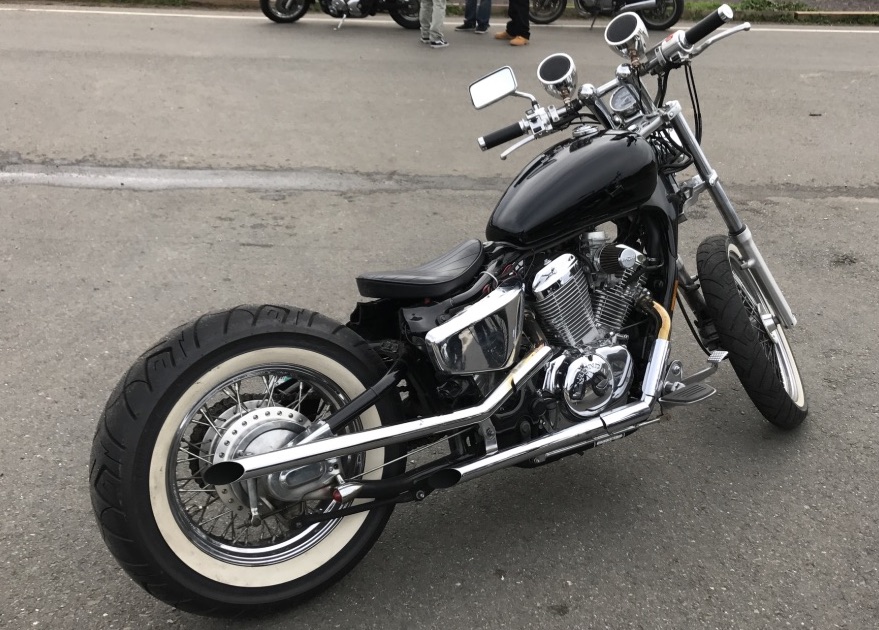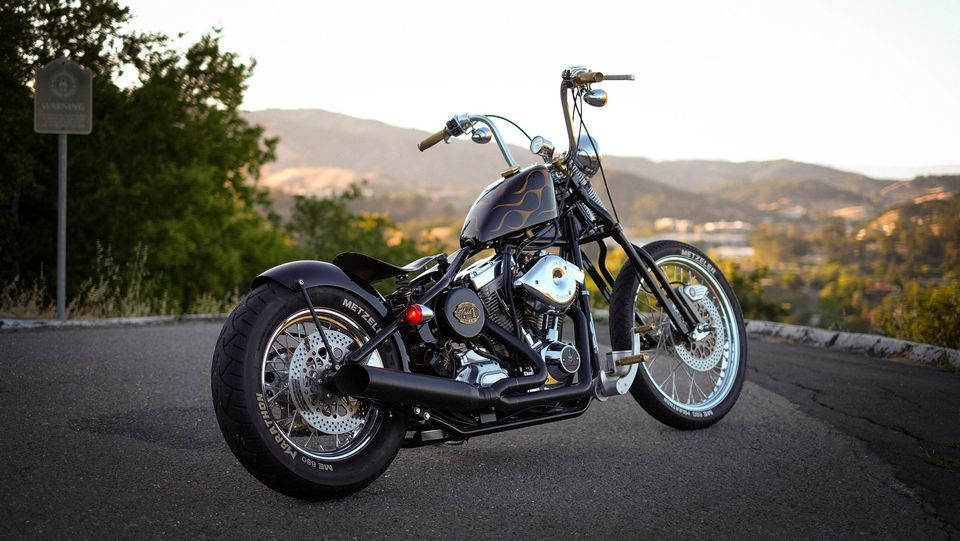A Rough Guide To Buying A Used Chopper or Bobber!
Ok, so you've been doing the rounds of the bike dealers and read so many classified ads, it’s made you dizzy and you still can't find something that hits the spot.
Stock bikes leave you cold but the thought of a ground-up, custom bike build gives you nightmares.
You my friend, are a tricky customer but don't worry, help is at hand and it doesn’t involve medication or therapy.
In Theory The Answer Is An Easy One:
Buy a custom bike. The reality however, differs slightly. Of all the types of motorcycle you could possibly buy, this has the potential to be the best thing you ever did or a waking nightmare of epic proportions.
Still interested? Excellent, you've passed the first test. Don’t be easily put off.
Custom bikes come in a variety of categories and subcategories but this article deals specifically with Chops and Bobbers. Hopefully, it will help you steer clear of some of the pitfalls I’ve fallen into in the past.
Choppers look cool, end of story. They come in all shapes and sizes and quite literally, you can chop anything. What you do have to remember when buying someone else’s pride and joy though, is this.
By their very nature, some form of frame alteration has been necessary either to the back end, front end or both. So the first thing to look at is whether the original bike’s frame has been modified, or if its owner has gone down the custom frame route.
Buying A Chopper?
If it has been modified on the rear, check if its bolt on or weld on. Regardless of how it’s been attached, take a good hard look at the points where the two sections join, this will be somewhere under the seat on the top rail and probably by the gearbox on the bottom.
If it’s bolt on its easy enough to see if everything looks right. With a weld on, check its smooth and uniform. If you can't see the joins they’ve been ground, filled and painted, but you can still check for any warning signs such as cracks or flaking paint at the stress points.
For alterations to the front, like top tube conversions, raking or goose-necking the same rules apply. In both cases, don’t be afraid to get on the floor or to ask the owner to remove the seat.
Obviously, if it's an aftermarket frame, still make sure it looks straight but take a close look at the engine mounting points. I’ve seen expensive frames and big buck engines held in by wrong sized nuts and bolts, it does happen.
For the static checks, follow the type of procedures you would on any bike, such as making sure brakes work, forks move, the clutch operates, lights work etc.
And just be sure to pay attention to the rear tire, it can reveal all kinds of hidden nasty’s. A crisscross pattern on the sidewall means the chain runs too close. A bald spot on the tread could mean the mudguard’s hitting it. Uneven wear? Maybe the wheel is misaligned.
Buying A Bobber?
When it comes to buying a bobber, the same basic rules of common sense apply. Just because it may not have undergone such radical alterations, the engineering work is no less important.
Bobbers are generally more practical in terms of everyday usage, and traditionally speaking alterations usually consist of taking things off, rather than adding them on.
As a general style guide, a bobber can retain its stock frame geometry. The bulk of the alterations covering mud guards, tanks, bars, wheels, seats, exhaust and lights. But remember, it's a custom, so basically anything could be changed.
So when checking, look at the wheels, if they’re nonstandard make sure they run free of things like mudguards and chains etc. Any frame alterations will tend to be a lowering of the seat rails, so take a look at the welds and fabrication in general.
This modification looks great but a lower seat means it’s closer to the wheel so make sure nothing snags or rubs.
As everything is reduced to a minimum, check that the wiring harness isn’t so hacked that the retro looking lights don’t work. If it’s an older bike, unscrew the gas cap as a quick look inside will tell you if rust is an issue.
Bobbers tend to be loud, and although short air cleaners look cool, they don’t work so well. So listen to the bike running and when riding, give it a handful. See if it picks up cleanly and what it sounds like when you back the throttle off.
Lowering rear frame rails affects the handling and clearances, so on your test ride make sure you hit a lump or two and see if anything bottoms out.
And that basically is that. Just remember that you’re buying a custom bike and not something out of a factory. They’re not always easy to live with and at some point, you are going to get your hands dirty.
Should You Walk Away?
Whenever possible, take a buddy for a second opinion. Watch out for unfinished projects, they might be a bargain or a nightmare of mismatched parts. Crawl all over your prospective purchase, check every inch and above all, ride it.
If something doesn’t feel right, walk away.
Last but not least, you’re the one with the money and just because it’s a custom bike don’t feel like the seller’s doing you a favor. Just try not to fall in love with the first piece of junk you see, merely because it looks cooler than a penguin’s underpants.




